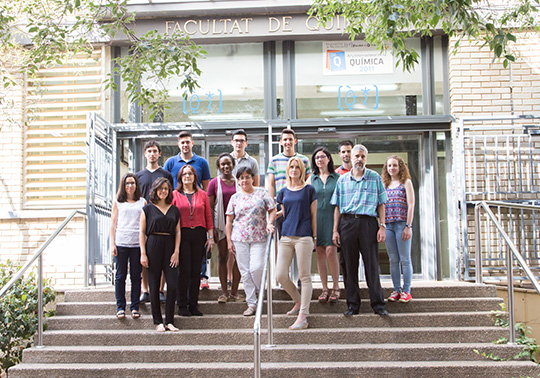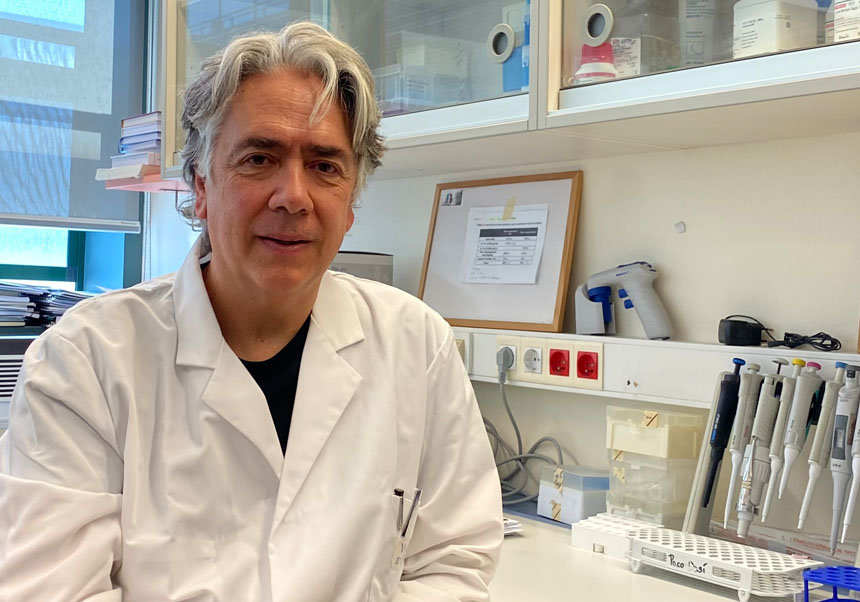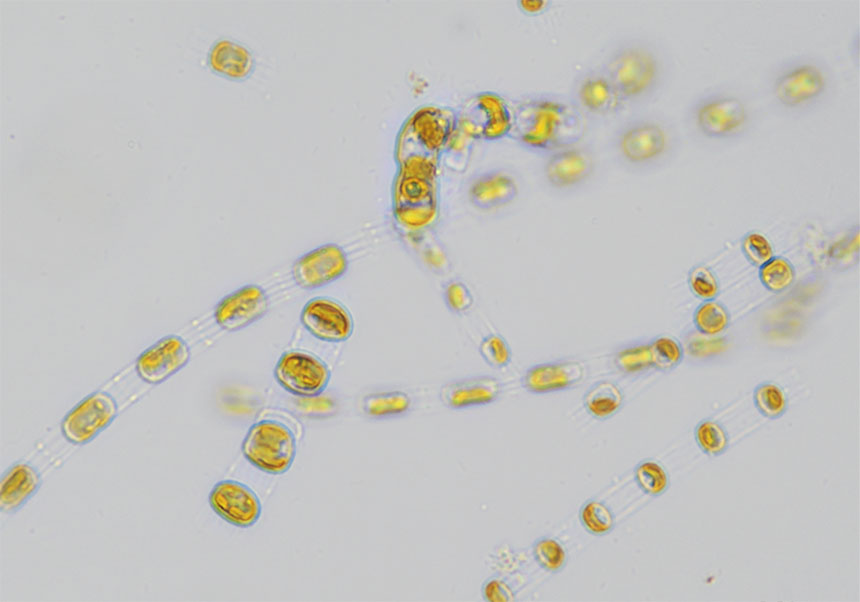Zein as a sustainable alternative to plastic materials in the design of biosensors
- July 13rd, 2016

Women researches from UV and Cambridge have proposed zein, a natural material obtained from corn, as an alternative to petroleum derivatives for the design of monitoring devices, biokits and biosensors. The research, published in the scientific journal ‘Biosensors and Bioelectronics’, has direct applications in environmental fields and medicine.
The proposal, aiming in the long term to reduce plastic, implies the creation of biodegradable and ecological materials based on Geen Cemistry. Apart from this, it allows on-site analysis which is simple and fast and in most cases doesn´t require external energy sources. “Biodegradable materials will probably be the definitive substitutes of plastic” researcher at the Department of Analytical Chemistry at UV and one of the authors of the article, Neus Martínez Jornet, highlights.
The biosensors are devices which incorporate natural, biological materials (enzymes, microorganisms, anti-bodies, proteins etc.) into non-biodegradable frames and used to measure biological or chemical parameters. Some of the things that can be thus measured are levels of glucose and cholesterol or nitrares in blood, as well as phosphates and amonnium in water.
Most of this kind of devices are made from non-degradable materials, and their use is rising. Once they are used up, they create a great quantity of residue that have to be treated in an adecuate manner. In contrast, zein, a corn protein, is highly biodegradable and doesn´t need to be recycled, point out the members of the research teams from UV and Cambridge.
Apart from this, zein has perfect characteristics for immobilization of different compounds or molecules such as enzymes, at the same time conserving their properties and releasing them at a determined moment. In the research, apart from zein, glicerol has also been incorporated. It is a natural, biodegradable and non-toxic product used, among other uses, in the pharmaceutical industry and the food industry. It acts as lamination and improves the flexibility of the materials with which it interacts.
On the basis of this biodegradable material, different types of optical devices or biokits have been designed (the latter being a mix of biosensors and buffer solution necessary for the test) with applications in different areas, as compared to other devices which, if they do detect phosphates, they don´t do it in adecuate concentrations, are not robust enough, not selective enough, not easy to use and neither ecological nor cheap.
Among its applications, derived from this research and the published article, Neus Jornet emphasizes “applications in the deisgn of biosensors through the on-site analysis of phosphate in water ot to estimate the presence of organophosphates, especially of chlorpyrifos in commercial products and preparatives or in forensic applications. The journal “Biosensors and Bioelectronics”, in which the research has been published, has a 7.476 impact factor.
Phosphate recognition in water
One of the biokits detects the excess of phosphates in water, which causes oxygen deficiency and directly affects the quality of the liquid. In order to deal with this situation, a device has been developed which is able to detect inorganic phosphates in the right concentrations, as it has been tested in river water, coast water, lake water and tap water in the Valencian Community. Concentrations higher than those established as dangerous by the law have not been found.
One other developed biokit has been used for the detection of chlorpyrifos in commercial preparations used as pesticides in agriculture. Chlorpyrifos is one of the most commonly used pesticides in the United States, even though it is considered by EPA (US Environmental Protection Agency) as a category II substance: moderately toxic. This pesticide has also been used in the Mediterrenean, as it is one of the most efficient measures against Rhynchophorus ferrugineus, known as Red Palm Weevil.
Applications in Medicine
A biokit has also been designed with applicationsin medicine, and specifically in the detection of alkaline phosphatase in saliva. Akaline phosphatase is an enzyme which is directly related to the growth of bone tissue. High levels of alkaline phosphatase in saliva is an indication of the destruction of periodontal tissue (the tissue that surrounds the tooth, gums, bone and ligaments), which is the natural evidence of dental growth in children. It is also evidence of periodental illnesses in adults.
Saliva samples of healthy adults and children younger than four show the highest level found in children. “We believe that it has possible application in forensic science in order to find out if the saliva samples come from children or adults” says Neus Jornet. Another suggested application is a tool for detecting alkaline phosphatase in blood as an indication of bone diseases.
Biodiesel and bioethanol derivatives
“Another usage of zein and glycerol is the creation of biosensors and biokits which can strengthen sectors related to and derived from biodiesel and bioethanol production. Apart from this, zein and glycerol can be obtained as secondary product in the procurement of biodiesel and bioethanol respectively, and they are an an added value for this type of growing industries” Neus Jornet sums up.
This project has received funding from Generalitat Valenciana, as part of the programme PROMETEO for research groups par excellence 2012/045, awarded to MINTOTA group (Grupo Miniaturización y Métodos de Análisis Totales), by the Department of Analytical Chemistry at the Faculty of Chemistry at Universitat de València. The group is led by Pilar Campins Falcó.
The research project
This research forms a part of the project of development of new strategies for the design of on-site analytical devices, which aims to find new monitoring devices or sensors which adapt to current necessities, which would be low-cost, would requiere a reduced or nil energy consumption, flexibility of use in various locations, occasional use and analysis of extensive areas with spacial resolution.
The project has been a collaboration between the Department of Chemical Engineeriong and Biotechnology of UV and Research Group of Analitical Biotechnology directed by Elizabeth Hall at Cambridge University, through the pre-doctoral stay of the researcher Neus Martínez Jornet, financed by Generalitat Valenciana. Elizabeth Hall´s research aims to understand how biology interacts with electrical systems, mechanics and optics. The group has extensive experience in design and the usage of new, smart materials with applications in the field of pollution control and biomedicine, as well as diagnosis and personalized medical treatment.
Article:
N. Jornet-Martínez, P. Campins-Falcó, E.A.H. Hall: «Zein as biodegradable material for effective delivery of alkaline phosphatase and substrates in biokits and biosensors». Journal of Biosensors and Bioelectronics, 2016, vol. 86, p. 14-19
Link: http://www.sciencedirect.com/science/article/pii/S0956566316305486
















